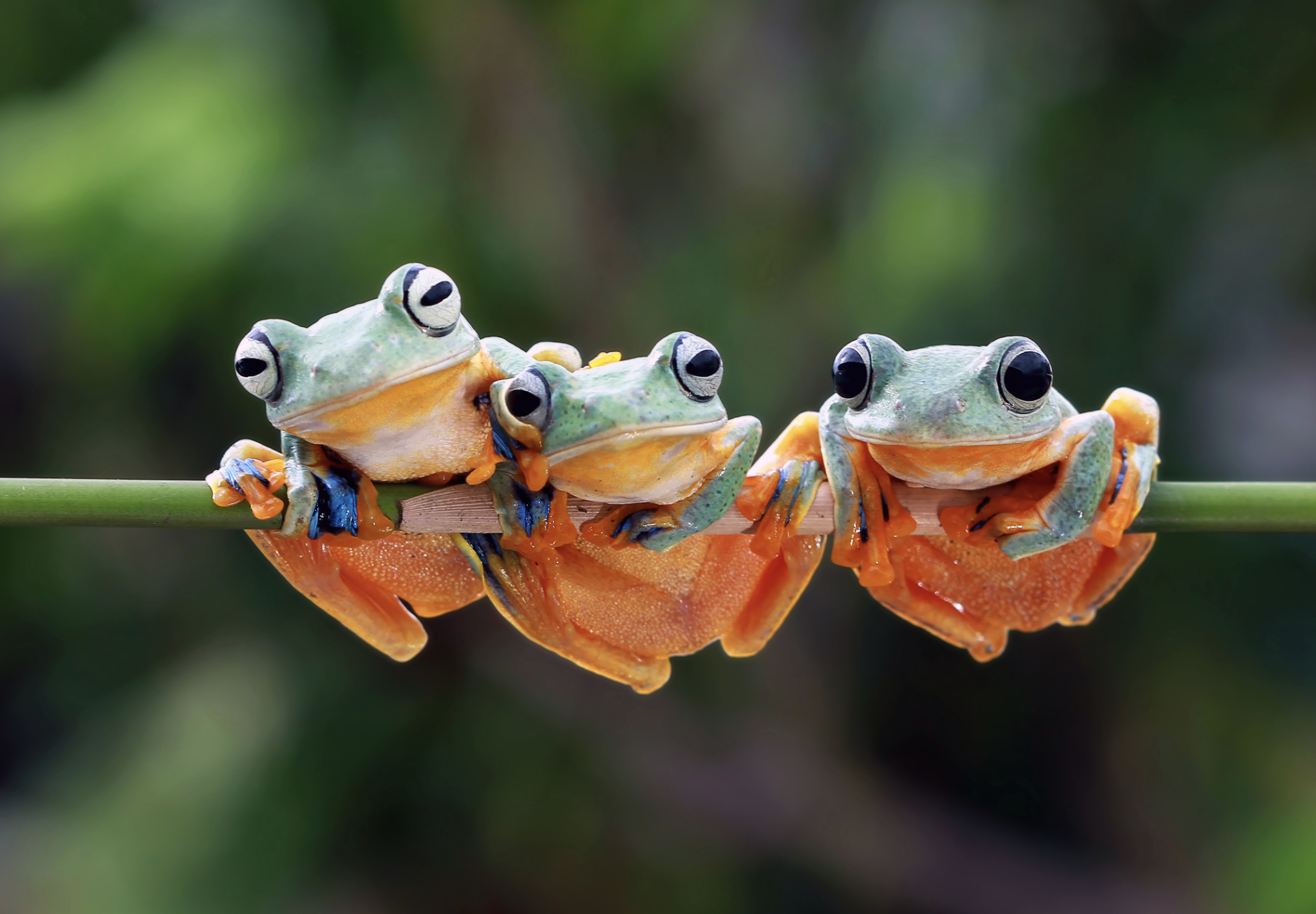Zoological Library
The Zoological Sound Library compiles, classifies and stores the sound register of the most musical animals, birds, amphibians, insects and mammals, in the bioacoustics collection. As such, information is stored and updated, ensuring access to it and offering a new research tool which can be employed in the different fields of biology.
It functions as a repository of recordings of animal species and the objective of its two collections (own records and published records) is that the recordings are available through an indexing system, and that their permanence over time is guaranteed. The collections are archived in digital format with backup, which allows rapid copying of records and, consequently, agile adaptation to the development of new data storage formats.
Methodology
All of the recordings on vinyl, reel, cassette or DAT media are subjected to a digitalistaion process and subsequent editing and spectrographic analysis to separate the different records corresponding to each individual of each animal species recorded in the recording. The information pertaining to each record is entered into a database to allow searches by taxonomic and geographic criteria. All processed records are numbered and stored on compact disc. The sound library is composed of two collections, one of own records and the other of published records.

Collection
The recordings stored in the Sound Library can be divided into 2 groups according to their origin.
On one side, all recordings that have been taken into the world until this point have been published. The collection of publishe drecordings is composed of 1,335 volumes (cassettes, vinyl and CDs)with animal sound from all parts of the world,and containing more than 44,300 recordings, predominantly of birds.
On the other hand, one can find the collection of our own recordings, made up of the recordings made by the personal researcher of the Zoological Sound Library of the National Museum of Natural Sciences , as well as recordings given by researchers from other centres. This collection has more than 13,400 indexed recordings. Currently, due to the area of work of the researchers responsible for the Zoological Sound Library, their own records are biased towards the amphibian group.
Within the collection of our own recordings we can highlight the recovery that Fonoteca Zoológica carries out of historical recordings, such as those from the recordings of amphibians from Argentina, Brazil and Chile made by Avelino Barrio in the 1940s.





